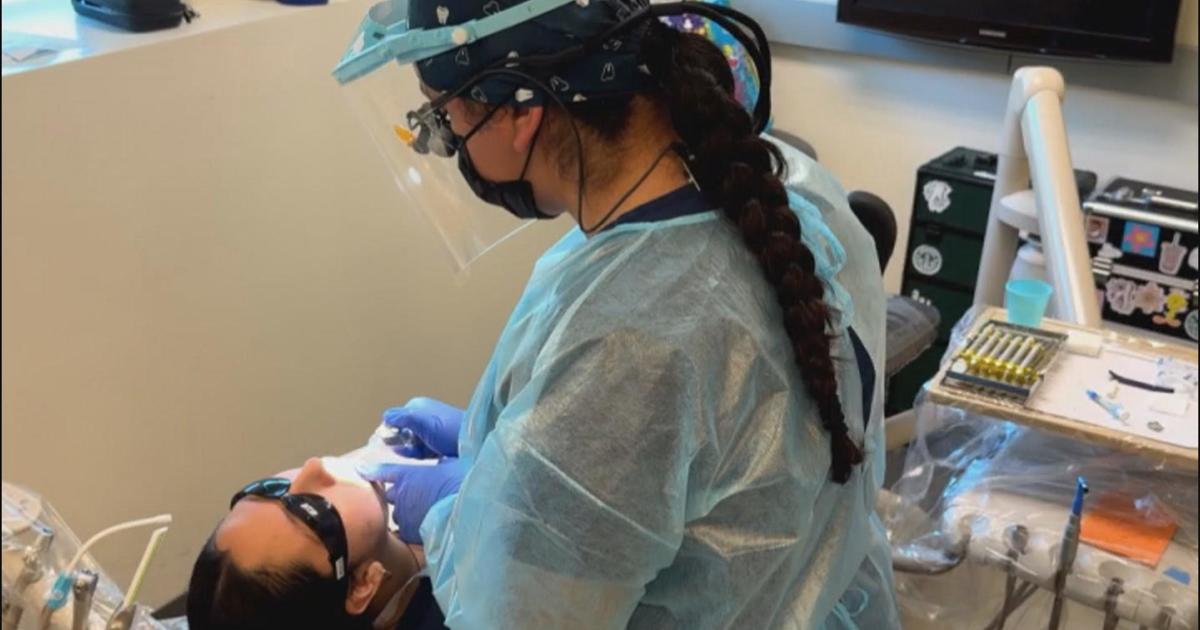Guide To Emergency Planning For Families
Southland residents know very well how brutal Mother Nature can be, and not only because California is earthquake country. Fires, floods and mudslides are just a few additional catastrophic events that caused our governors to declare states of emergency 27 times from 1989-2009. Yet, according to the state Office of Emergency Services, fewer than 20% of us have taken necessary precautions in our homes… and only 40% of us keep sufficient water on hand in case of an emergency.
Los Angeles Fire Department Captain Stacey Gerlich says that having a plan is as important to a family's well-being as having insurance, because it alleviates the anxiety that comes with fear of the unknown. "It gets you to become aware of what you had no clue about," she says. Gerlich is a 25-year veteran of the Fire Department's Community Emergency Response Team (CERT), which prepares ordinary citizens to assist emergency personnel in a disaster, neighborhood by neighborhood. She offers five steps to disaster-preparedness:
Identify and Fix Hazards in Your Home
Do you have top-heavy furniture, bookcases or appliances that could topple during heavy shaking? A new big-screen TV? What about your kitchen cabinets? Your water heater?
You may need to strap or bolt all of these items to your walls:\
• Water Heater
• Kitchen Cabinets
• Appliances
• Tall Furniture/Bookcases
• Filing Cabinets
• TVs, Computers, and Electronics
• Objects on Open Shelves or Table Tops
• Objects on Closed Shelves (Shelf Contents)
• Shelf Units
• Wall Hangings (Wall-Mounted Objects)
• Floor-Mounted Objects
• Wheel-Mounted Furniture
Breakable items can be secured to shelves with museum wax, which is designed to grip without harming the wood. Appliance straps and other items are available online and in local hardware stores. A full list of instructions on how to secure household hazards can be found here.
If your home uses natural gas, you'll want to follow this guide.
Create a Disaster Plan
Do you know what to do when the shaking starts? Do your kids? What if they're at school?
Begin by developing a family emergency plan. The state's California Volunteers program has an online tool to get you started. When you're done, you'll have an 8 1/2" x 11" printout of a family disaster plan, a wallet-sized emergency card, fill-in-the-blank letter for caregivers, fill-in-the-blank letters for out-of-state contacts and even a personalized children's book for the kids.
Kids will appreciate the simple explanations of how to behave during an event (such as an earthquake or fire) at My Safe LA. There are even videos for those who learn best that way.
Each campus within the Los Angeles Unified School District has its own emergency plan, and LAUSD urges parents to familiarize themselves with their own schools' plans by contacting their administrators. Some schools publish their plans on their websites, like this one at Darby Elementary.
Once you've drafted a plan for your family, sit everyone down together and talk about it in an age-appropriate manner. It shouldn't be a topic to scare your children; knowing what to do is something that will empower the entire family. "When you do it collectively there's a lot more cohesion and even the kids feel a sense of belonging to the decision. So it's a win-win," Gerlich says.
Put Together Your Disaster Supply Kits
The Earthquake Store
More Info
After the 1994 Northridge earthquake, power was lost in some neighborhoods for several days, and the water supply was disrupted. You can buy a fully prepared emergency supply kit from The Earthquake Store which is headquartered in Burbank, or you can assemble your own. California Prepares has a very extensive checklist of the items you'll want. At the absolute minimum, you'll need the following:
• Water (one gallon per person per day for at least three days)
• First Aid Kit
• Food (for pets, as well as family members)
• Can Opener (manual!)
• Blankets or sleeping bags
• Battery operated radio, flashlight and batteries (the American Red Cross sells a combination radio/flashlight/emergency strobe that operates on battery, crank AND solar power)
• Medications
• Extra house and car keys
• Fire extinguisher
• Baby supplies, if applicable
You don't know where you'll be when an earthquake strikes, so Gerlich suggests you keep supplies in each of your vehicles, in addition to your home kit.
During an Earthquake: Drop, Cover and Hold On
It has been said that earthquakes don't kill people; falling items and failed structures do. According to Earthquake Country, rescue workers around the world agree that these simple procedures save lives:
When the shaking begins, DROP down onto your hands and knees.
COVER your head and neck (and your entire body if possible) under a sturdy table or desk. If there is none nearby, only get down near an interior wall (or next to low-lying furniture that won't fall on you), and cover your head and neck with your arms and hands.
HOLD ON to your shelter (or to your head and neck) until the shaking stops. Be prepared to move with your shelter if the shaking shifts it around.
After the Earthquake: Check For Injuries and Damages
California Volunteers Disaster Preparedness Resources:
More Info
When safe, continue to follow your disaster plan. CERT-LA volunteers are trained in emergency response, and may have people in your community. To find your local battalion and inquire about becoming trained yourself, look up your fire station number at the City Hall website, then locate the right CERT group on the list at their website.
Donna Schwartz Mills has had to respond to more emergencies than she'd care to remember. She blogs at SoCal Mom.





